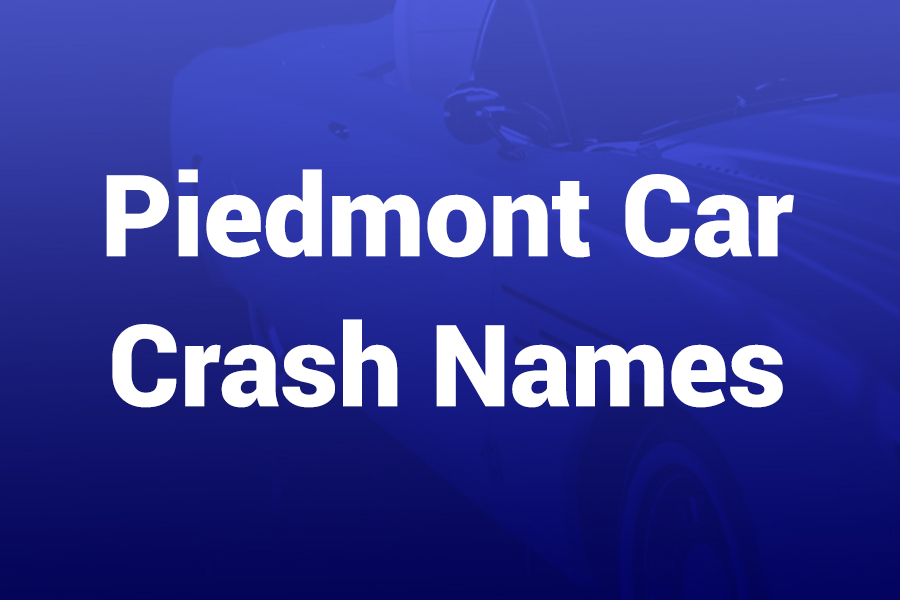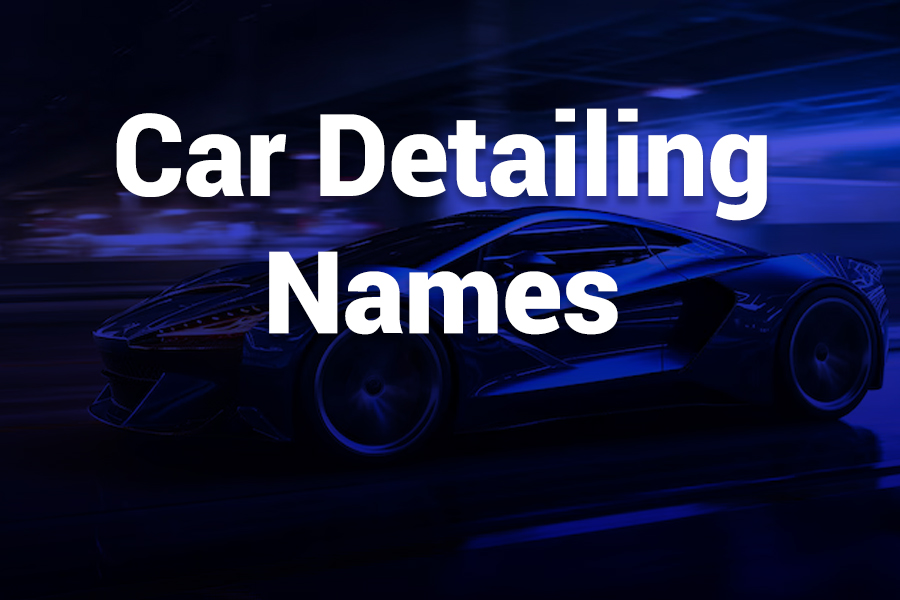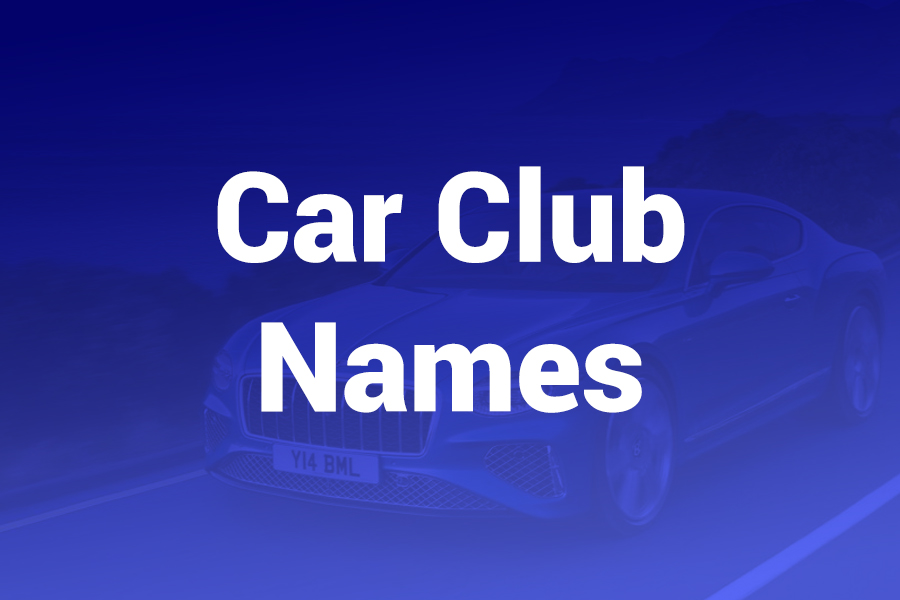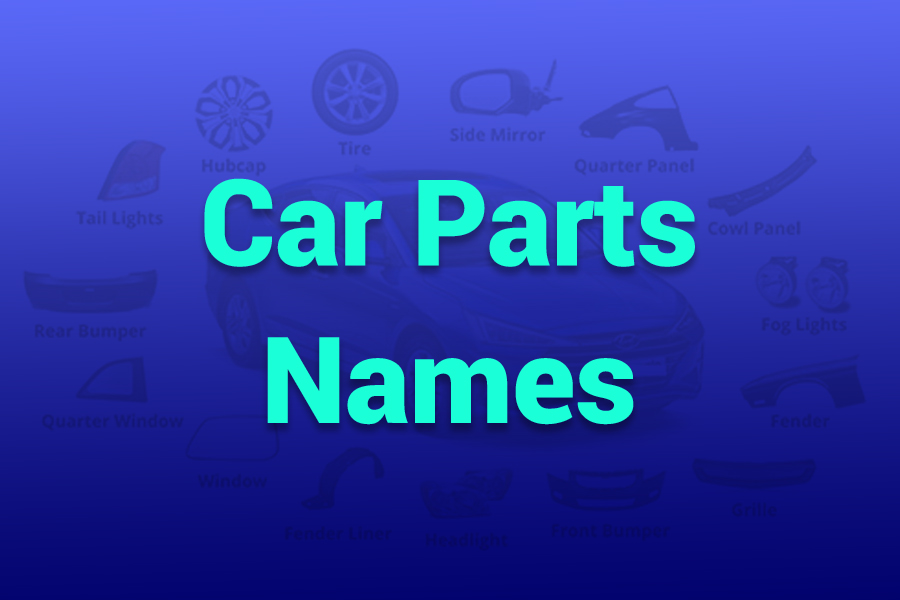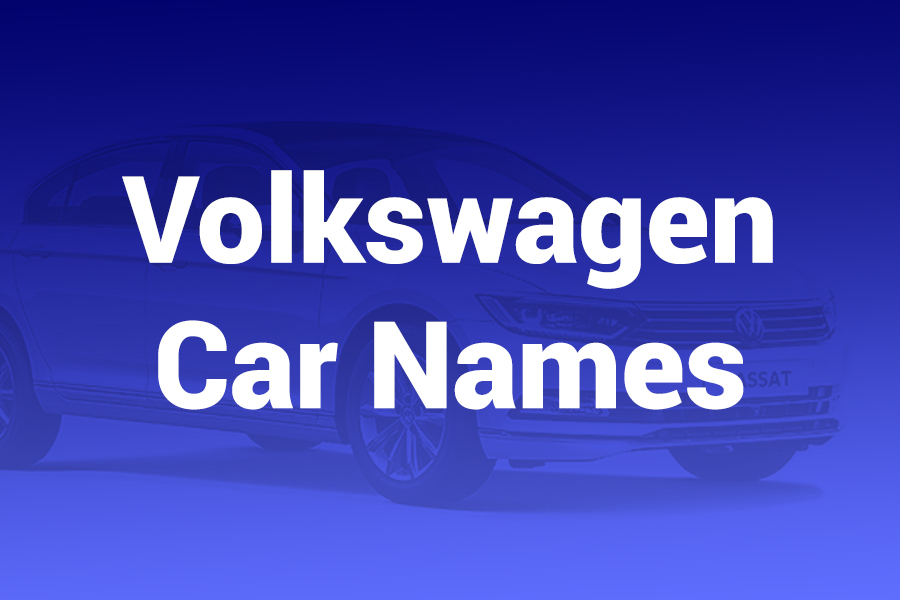
The name “Volkswagen” means “people’s car” in German, a brand created to deliver reliable and affordable vehicles for everyone. Over the decades, Volkswagen has become one of the world’s most respected automakers, producing models that blend practicality, innovation, and emotion.
Each car name chosen by Volkswagen carries a story, a heritage, or a symbolic meaning that reflects its personality and purpose. From the legendary Beetle to the futuristic ID series, these names reveal much about the company’s global appeal and cultural connection. In this article, you’ll discover how Volkswagen chooses its car names, what they mean, and the fascinating stories behind them.
The Origins of Volkswagen Car Names
Volkswagen began naming its cars with simplicity and purpose. In the 1930s and 1940s, vehicles like the Beetle and Type 2 were not given flashy names but rather descriptive or functional identifiers. As the brand expanded internationally, marketing teams recognized that emotional and imaginative names could help customers relate to vehicles more personally. The brand’s naming tradition soon grew into one of the most distinctive systems in the automotive world.
Most Volkswagen car names come from three main categories: natural elements, global places, and mythological or animal inspirations. This consistent theme gives their cars an approachable yet memorable identity. Unlike many automakers that rely on alphanumeric codes, Volkswagen often chooses names that evoke feelings of adventure, stability, or elegance.
The Beetle: The People’s Icon
No discussion of Volkswagen car names can begin without the Beetle. Originally known as the “Volkswagen Type 1,” it earned the nickname “Beetle” because of its rounded shape resembling a small insect.
This nickname stuck and became its official name in English-speaking markets. Introduced in the late 1930s, the Beetle became a global symbol of reliability and simplicity. Over 21 million units were produced, making it one of the best-selling cars of all time. The name perfectly captured the car’s personality—small, friendly, and enduring.
The Golf: A Global Best-Seller Inspired by Wind
The Volkswagen Golf, first introduced in 1974, is one of the most successful compact cars in automotive history. The name “Golf” isn’t inspired by the sport, as many assume, but by “Gulf Stream,” a powerful Atlantic ocean current. It continues Volkswagen’s long-standing tradition of naming cars after winds and currents, symbolizing motion and energy.
The Golf replaced the Beetle as Volkswagen’s core model, selling more than 35 million units globally. Today, it remains the brand’s benchmark for balance between performance, technology, and efficiency.
The Jetta: Named After a Jet Stream
Introduced in 1979, the Jetta borrowed its name from the “Jet Stream,” another wind-related theme. The idea was to represent speed, smooth travel, and modern aerodynamic design. The Jetta became particularly popular in North America, where buyers wanted a sedan version of the Golf. The name fits its character perfectly—a practical car designed for swift, comfortable driving.
The Passat: Inspired by Trade Winds
The Passat’s name comes from “Passatwinde,” the German term for trade winds. Introduced in 1973, it signified steady performance and long-distance capability. Like the winds that carried sailors across the globe, the Passat was built for endurance and reliability. Over time, it evolved into a refined midsize sedan that appealed to families seeking comfort and strength.
The Polo: Compact Yet Dynamic
The Volkswagen Polo debuted in 1975 as a smaller, agile version of the Golf. The name “Polo” connects to the sport played across vast open fields, symbolizing movement and coordination. It reflects the car’s personality—light, fun, and urban-friendly. The Polo has become one of Europe’s most popular small cars, offering efficiency and practicality in a stylish package.
The Tiguan: A Modern Blend of Tiger and Iguana
Among Volkswagen’s creative names, the Tiguan stands out for its unique origin. The name was chosen through a public poll conducted by a German magazine before the car’s launch in 2007. It combines “tiger” and “iguana,” symbolizing strength and adaptability. The Tiguan perfectly captures the spirit of modern SUVs—bold and versatile. With millions of units sold worldwide, it’s now one of Volkswagen’s best-selling vehicles.
The Touareg: A Tribute to Nomadic Strength
Introduced in 2002, the Volkswagen Touareg takes its name from the Tuareg people, nomads who inhabit the Sahara Desert. This name reflects endurance, resilience, and adventure—qualities associated with the luxury SUV. The Touareg’s design embodies sophistication while maintaining rugged capability, bridging urban luxury with off-road prowess.
The Atlas: Strength and Capacity for Modern Families
The Atlas, known in some markets as the Teramont, represents Volkswagen’s large SUV for North America. Named after the Titan from Greek mythology who held up the sky, the name symbolizes strength, stability, and spaciousness. The Atlas was designed to meet the needs of American families, combining generous space with modern technology. Its name directly communicates reliability and grand capacity.
The Arteon: A Symbol of Art and Emotion
Volkswagen introduced the Arteon as a fastback flagship in 2017. Its name derives from “art” and the suffix “eon,” suggesting elegance and timeless design. The Arteon represents Volkswagen’s push toward emotional styling and premium aesthetics. The sleek name aligns with the car’s artistic and performance-driven design philosophy.
The Taos: Rooted in American Landscape
In 2020, Volkswagen launched the Taos compact SUV, named after the town of Taos, New Mexico. The name reflects the company’s growing connection to American culture and geography. It evokes images of open roads, desert landscapes, and exploration. The Taos provides practicality in a compact form, fitting perfectly into the SUV trend while carrying a distinctly American-inspired name.
The ID Series: A Vision of Electric Future
Volkswagen’s transition to electric mobility introduced a new naming era: the “ID” family. “ID” stands for “Intelligent Design” or “Identity,” emphasizing technology, innovation, and individuality. Each model in this lineup carries a number—ID.3, ID.4, ID. Buzz—to represent size and category, similar to traditional Volkswagen classes.
- ID.3 represents a compact electric hatchback aimed at the mass market.
- ID.4 is a global electric SUV designed for everyday use.
- ID. Buzz revives the classic Microbus spirit in a modern, electric form.
These names show Volkswagen’s effort to blend its heritage with modern sustainability. By using simple, futuristic designations, Volkswagen ensures the ID brand feels modern and global.
Patterns Behind Volkswagen Naming Strategy
Volkswagen’s naming strategy reflects consistent storytelling principles. Most names convey movement, strength, or geographic identity. This approach helps customers instantly connect emotions with each vehicle.
Here are key characteristics of Volkswagen’s name choices:
- Wind and Motion: Golf, Jetta, Passat, Scirocco—all refer to winds or air currents, emphasizing flow and performance.
- Animals and Mythology: Tiguan and Touareg evoke power, nature, and adventure.
- Geographic Inspiration: Atlas and Taos bring cultural relevance to regional markets.
- Emotion and Artistry: Arteon and ID. Buzz focus on creativity and progress.
This deliberate mix ensures the names remain global yet relatable, fitting various markets’ cultural expectations.
Volkswagen’s Heritage Models and Their Names
Over the years, Volkswagen has produced several models that no longer exist but left strong impressions through their names:
- Corrado: Derived from the Spanish “correr,” meaning “to run,” symbolizing speed.
- Scirocco: Named after a warm Mediterranean wind, reflecting sportiness.
- Fox: A small, agile vehicle with a name that communicates compact cleverness.
- Karmann Ghia: A partnership model named after the design firm Ghia and coachbuilder Karmann, symbolizing elegance and craftsmanship.
- Eos: Borrowed from Greek mythology, Eos was the goddess of dawn—representing beauty and freedom, fitting for a convertible.
These names demonstrate how Volkswagen continually balanced creativity and clarity. Each title told a subtle story that enhanced brand perception.
Cultural Influence and Brand Consistency
Volkswagen’s ability to craft globally recognized names has helped it maintain brand consistency across continents. In the U.S., Europe, and Asia, the company adapts its lineup but maintains a coherent naming rhythm. For instance, while Americans know the midsize SUV as “Atlas,” the same car is called “Teramont” in China and the Middle East—each name tailored for linguistic resonance.
This localization shows Volkswagen’s understanding that naming affects perception and market acceptance. The company ensures each model name fits local pronunciation, emotional tone, and marketing strategy.
How Volkswagen Balances Tradition and Innovation
In the past decade, Volkswagen has evolved its naming logic to blend tradition with modern relevance. Classic names like Golf and Passat remain, representing continuity. Meanwhile, the ID family signals transformation toward electric mobility. The combination builds trust among long-term customers while attracting new buyers who prioritize technology and sustainability.
According to Volkswagen’s internal reports, by 2024, nearly half of its new vehicle lineup will feature electrified powertrains. This shift influences how future car names will be chosen—expect more short, tech-driven names that fit global digital branding trends.
The Emotional Impact of Volkswagen Car Names
A car’s name often creates the first emotional connection between brand and buyer. Volkswagen’s consistent use of short, pronounceable, and evocative names helps it achieve universal appeal. The names are simple enough for multilingual audiences yet rich with meaning. Whether someone drives a Tiguan or a Golf, they feel a sense of identity, tradition, and quality.
Volkswagen’s strategy reflects an understanding that car names must transcend language barriers. Each title is carefully tested for memorability, cultural sensitivity, and emotional resonance before launch. This attention to linguistic harmony has helped the brand maintain a strong international presence for decades.
Future Trends in Volkswagen Naming
Looking ahead, Volkswagen’s electric transformation will likely redefine its naming patterns. While the ID lineup establishes a digital identity, future models may combine traditional names with electric designations. The company’s mission to produce 100% electric vehicles in Europe by 2033 suggests that new names will emphasize sustainability, technology, and individuality.
For example, successors to the ID.4 may use more descriptive extensions like “ID. Cross” or “ID. Air,” continuing the brand’s link to motion and nature. These futuristic names will continue to balance heritage and innovation, keeping Volkswagen’s storytelling legacy alive.
Conclusion
Volkswagen’s car names are more than words—they are symbols of movement, heritage, and human connection. From the humble Beetle to the advanced ID series, each name carries meaning that aligns with the company’s vision of mobility for all.
Through nature-inspired and culturally resonant names, Volkswagen continues to build emotional bridges between technology and tradition. Understanding these names gives deeper insight into the brand’s personality—one that values precision, creativity, and global unity.


